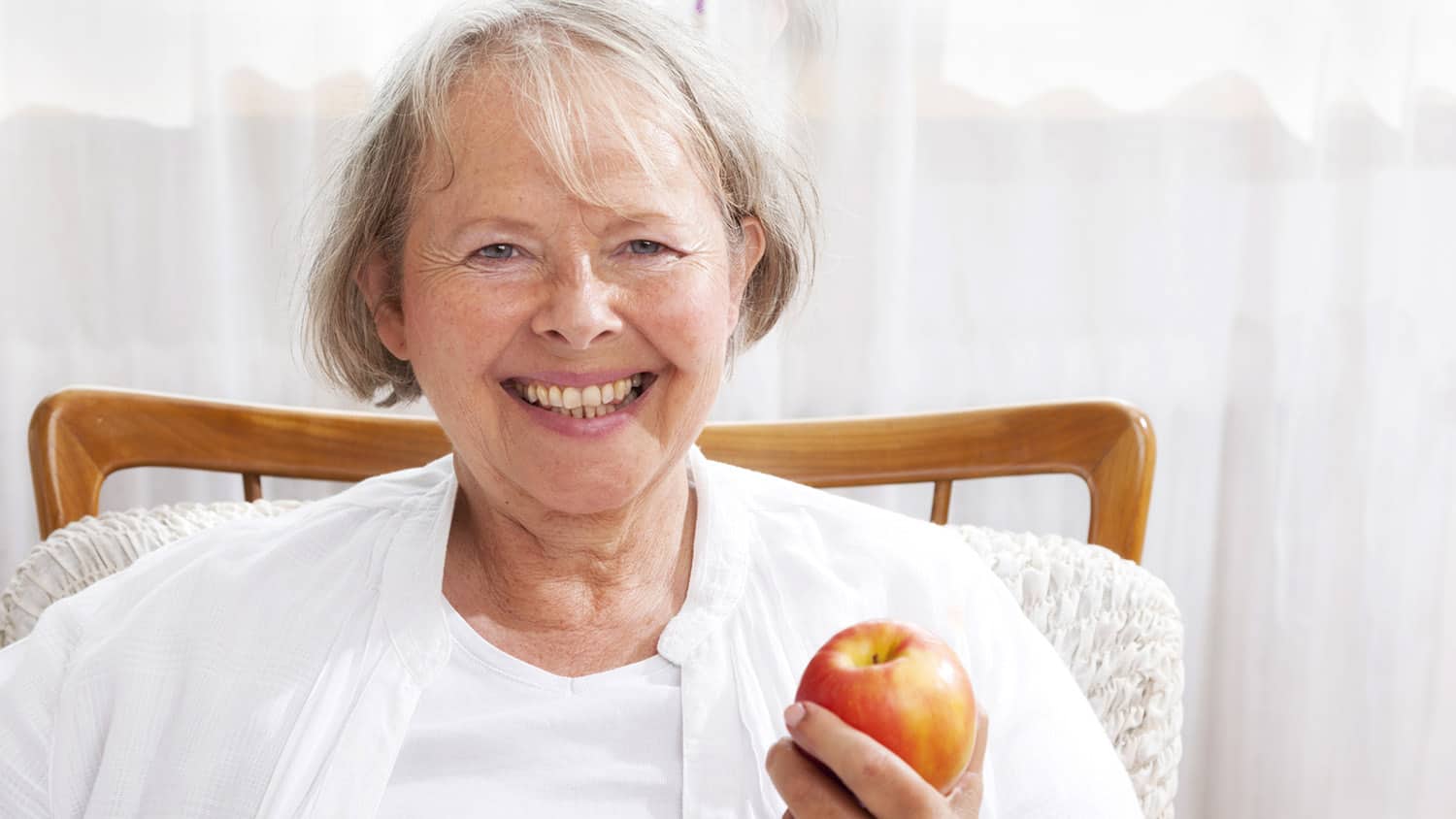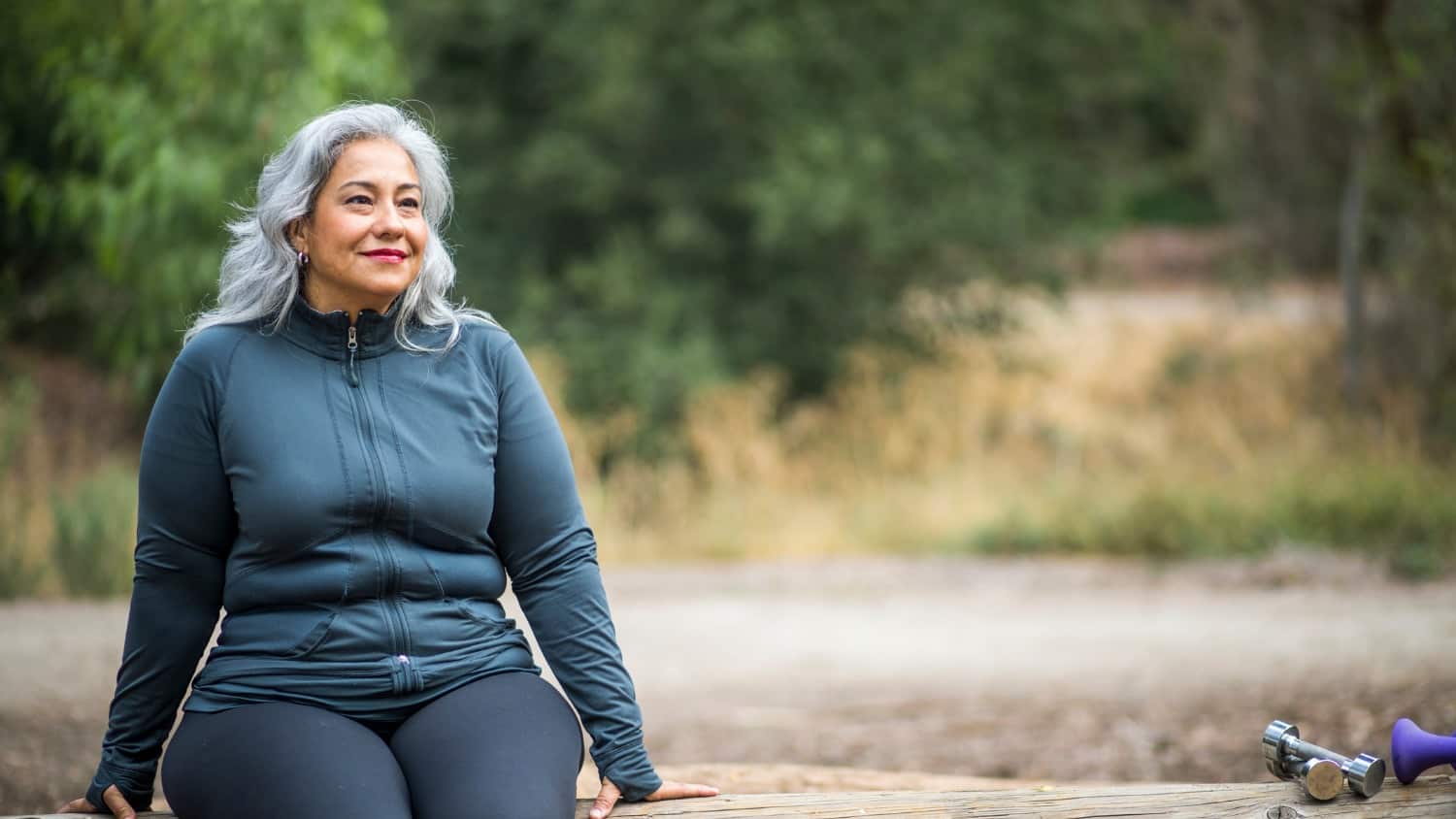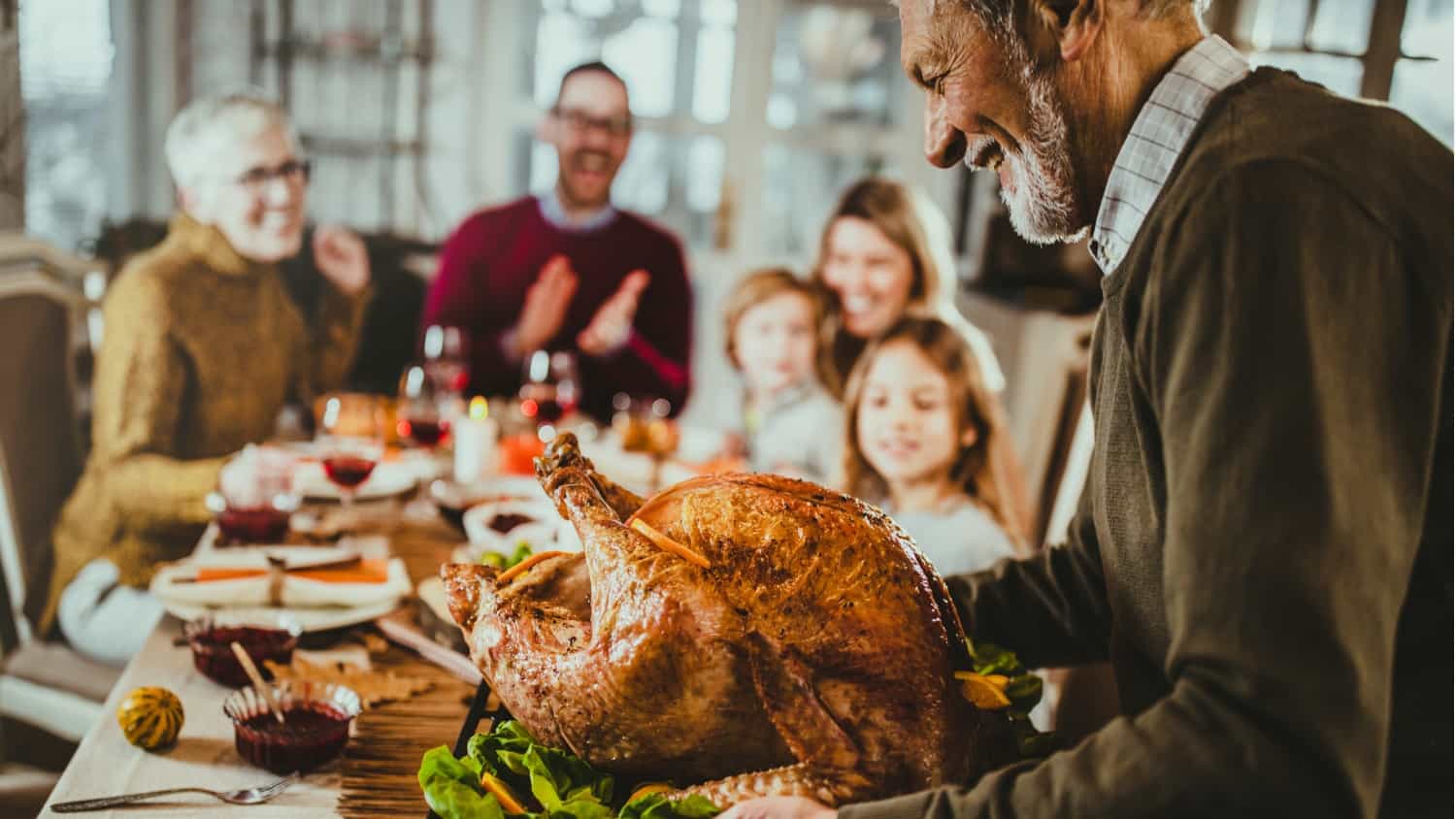
Trying to Lose Weight After 60? Here Are 3 Steps for Dealing with the Impulsive Urge to Eat
One of the biggest challenges for people trying to lose weight is what to do when they feel like eating but aren’t hungry. That’s the main reason people are overweight – because they don’t eat in response to their hunger and fullness signals.
They eat because someone brought pastries or pizza to work, because they’re upset about something someone did or didn’t do, or for entertainment. There are at least a thousand reasons why people choose to eat that have absolutely nothing to do with their body’s need for food.
I’m a weight loss coach for foodies, and because diets don’t work, I take a different approach. If you want to lose weight without dieting or depriving yourself of the foods you love, it is essential to get in touch with your body’s hunger signals and only eat in response to them.
Two Kinds of Hunger
Eating when you aren’t hungry, leads to your body storing that extra energy as fat. That’s how you gain weight. After menopause, our bodies are very unforgiving about the extra food, and we gain weight even more readily.
And don’t say, “But I’m eating healthy food!” Overeating is overeating, whether you eat healthy food or not. I know. I did it for years.
Most of us experience two kinds of hunger. ‘Body hunger’ is when your body needs food for energy. It’s the kind of hunger you feel in your belly. It produces hunger pangs, a hollow feeling, or even lightheadedness or mild headaches. When our body gives us that physical hunger signal, we should respond by eating.
Then there is that urge to eat for any other reason. I call that ‘head hunger.’ This signal doesn’t come from your belly. It comes from habits developed to use food to fix things it can’t fix. One such use for food is to be your friend when you’re lonely.
A good clue that you’re experiencing head hunger is when you aren’t sure what you want to eat, or you definitely crave something specific, like crunchy or sweet foods.
If you’re not sure of the culprit of your hunger, ask yourself whether a cup of plain yogurt or a banana would do the trick. If you only want something exciting to eat, you probably aren’t experiencing body hunger.
This is proof that in order to lose weight, you have to learn how to deal with the urge to eat when you aren’t hungry. That urge is a habit. Like any habit, you can change it. Here’s how that works.
Start with Your Thoughts to Lose Weight After 60
Remember, the urge to eat when you aren’t hungry is just a thought. It’s that little voice in your head saying, “I want chocolate!” or “That looks good!” or “I deserve that.”
You have tens of thousands of thoughts each day, and you don’t act on the great majority of them. If you had a thought, “I wonder what it would be like to try heroin,” you would (I hope) ignore that one, right?
Acknowledge that the urge to eat is just another thought, and choose to ignore it. I like to visualize letting the thought float away like a helium balloon. Often, if you disregard it, the urge will be gone in a few minutes. Sometimes, it may come back, but you can just notice it and release it again.
Don’t Reward the Urge
Have you ever trained a dog? When the dog sits on command, you give him a treat. That encourages him to do it the next time you give the command. The same is true when you give into the urge to eat. Psychologically, you’re reinforcing that behavior.
Keep It Up
The converse is also true. You can reinforce new habits with repetition. To break a habit, you have to repeat the new behavior over and over again.
Habits are like well-worn paths in our brains. Often the longer we engage in the habit, the more worn the path is, and the longer it takes to change our behavior.
When we let the urge to eat without being hungry pass, that path gets overgrown while we make a new path with the new habit of eating only when we are hungry. This is how neuroplasticity actually works. If we give into the urge, the old familiar path starts getting worn down again.
On the other hand, you can think of the positive effects of your efforts and use that to reinforce the decision to let these urges pass.
When I was going through the same process myself, and got the urge to eat for other reasons, I would think, “I’ve worked too hard at changing my habit to undo all of that effort!” I used my progress as an incentive to keep going.
The same was true with overeating. When eating a delicious restaurant meal, I sometimes would want to keep eating after my body had had enough.
I would think of how good I felt not overeating and how good it felt to have lost weight. That would help me decide that those extra bites just weren’t worth feeling bloated afterwards or gaining the weight back. Again, it was all about my thinking.
For many of us, the urge to eat when we aren’t hungry is due to emotional issues. If you want to stop emotional eating, I have a wonderful free 14-day Freedom from Emotional Eating Challenge, for which you can sign up for here.
How do you manage the urge to eat? If overeating has been a challenge for you in the past, what advice would you give to other women in our community? Are you trying to lose weight after 60? Let’s support each other on the road to healthy eating by sharing our experiences in the comments below.






